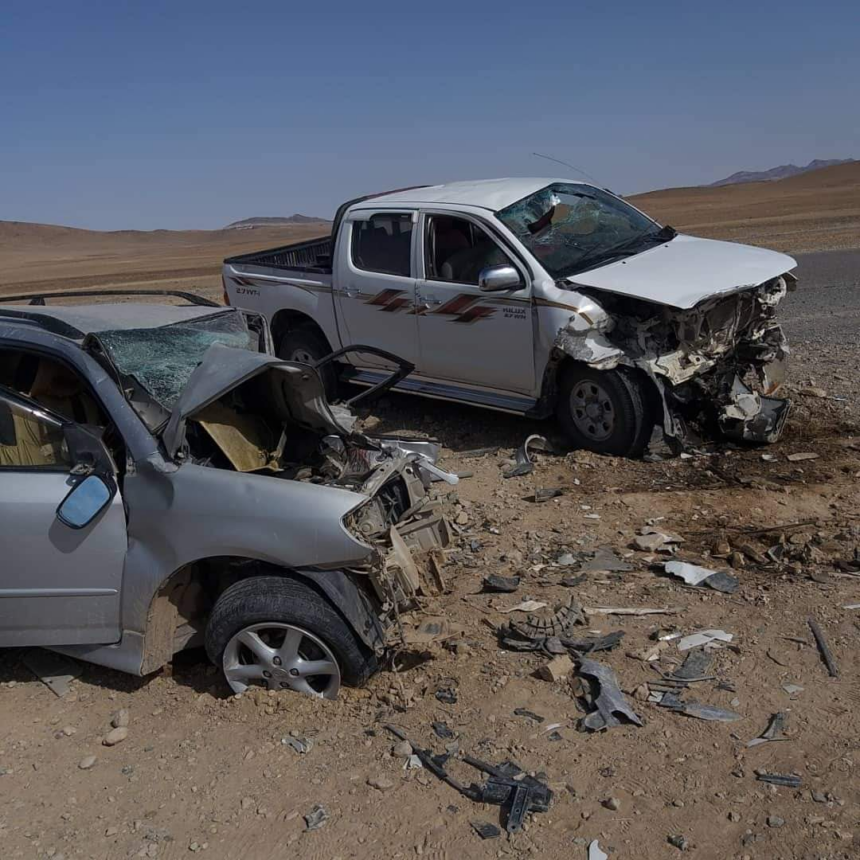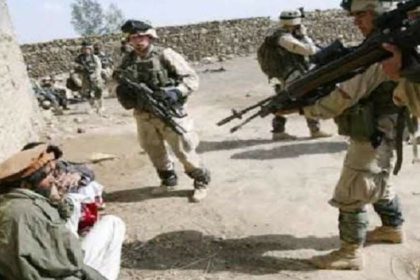RASC News Agency: Five individuals lost their lives and over twenty others were severely injured in three separate road accidents that occurred in recent days across the provinces of Faryab, Nuristan, and Baghlan. The deadly incidents attributed to speeding, driver recklessness, and deteriorating road infrastructure have once again cast a harsh spotlight on Afghanistan’s fragile transportation system and alarming public safety standards. The first accident took place in the Pashtun Kot district of Faryab province, where a Toyota Corolla collided with two electric Aqua vehicles. The crash claimed the life of a 10-month-old child and left 13 others injured. The impact was so intense that all three vehicles were heavily damaged, and the scene bore signs of extensive destruction. The incident has intensified concerns over the lack of adherence to traffic regulations and the poor condition of vehicles in various Afghanistan’s regions.
In a separate incident, a Datsun vehicle overturned in the Nurgaram district of Nuristan province, resulting in the death of another child and injuring seven individuals. The severity of the injuries underscores the dangers posed by unsafe road conditions and the disregard for basic traffic safety protocols. Nuristan’s remote and mountainous terrain has long been recognized as a major factor contributing to frequent and often fatal traffic accidents. The third crash occurred in the Sheikh Jalal Pass area of Nahrin district in Baghlan province, where a Saracha-type vehicle overturned. The accident resulted in the deaths of four people, including two women, and left two others injured. Taliban officials in all three provinces cited excessive speeding, driver negligence, and substandard road conditions as key causes behind the tragedies. These factors continue to fuel a troubling rise in traffic-related fatalities and injuries, particularly on Afghanistan’s treacherous mountain roads and poorly maintained rural routes.
Beyond the immediate human toll, these accidents are compounding socio-economic hardships for countless Afghanistani families. Many of the victims were low-income workers who, due to ongoing economic instability, rely on dangerous public transport for survival. The mounting loss of life and injury on the roads reflects not just administrative failure but a broader national crisis one that leaves vulnerable communities increasingly exposed to tragedy.






